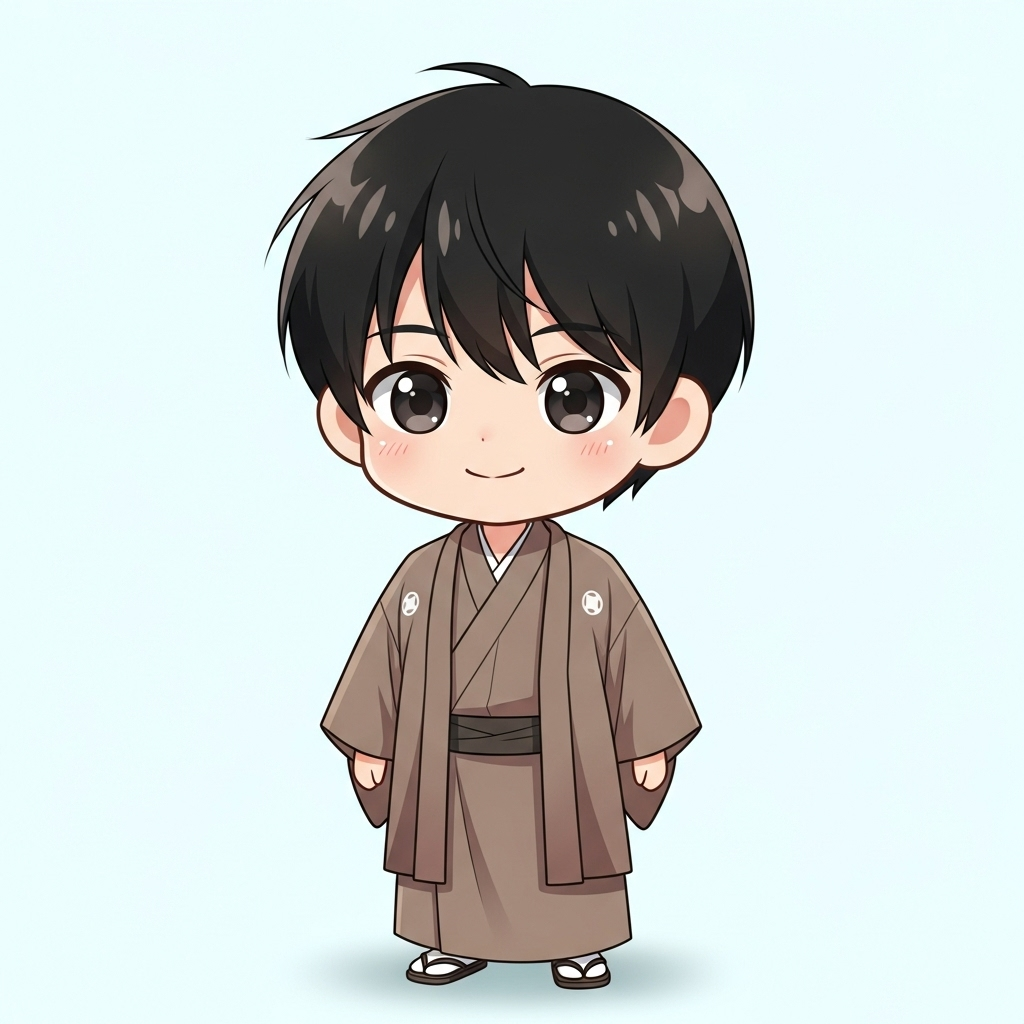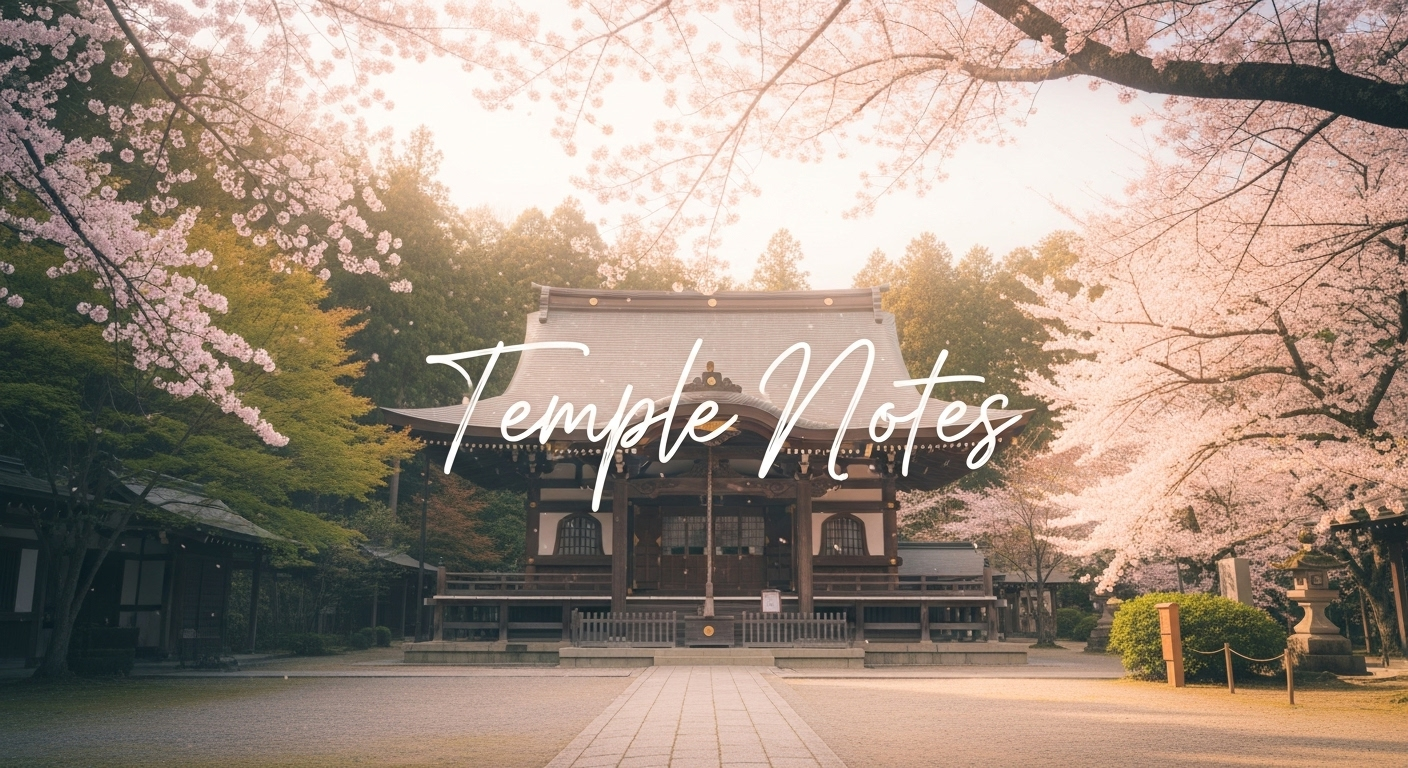Among Kyoto’s most renowned temple groups, you may have heard of the term “Kyoto Gozan” — the Five Great Zen Temples of Kyoto.
Yet many people still wonder: What exactly is the Kyoto Gozan? Why were these five temples chosen? What does the ranking mean?
In short, the Kyoto Gozan is a hierarchy established between the late Kamakura and Muromachi periods to denote the prestige of Zen temples, each with its own deep historical and cultural significance.
This article clearly explains the origins, development, ranking system, and details of each temple, making it a valuable read for both history enthusiasts and travelers planning a visit to Kyoto.
- What Is the Kyoto Gozan? Meaning and Historical Background
- Origins and Development of the Kyoto Gozan
- Kyoto Gozan Prestige Ranking and Temple List
- Highlights and Attractions of Each Temple
- Modern Relevance and How to Enjoy the Kyoto Gozan
- Conclusion: Appreciating the Kyoto Gozan and Nanzen-ji
- A Message from the Guide
What Is the Kyoto Gozan? Meaning and Historical Background
Definition of the Kyoto Gozan
The Kyoto Gozan refers to the official ranking of Zen (mainly Rinzai sect) temples in Kyoto, designated by the imperial court or shogunate. It was not merely a tourist label but an institutional status with political, cultural, and religious weight.
Origins and Historical Context
The hierarchy of the Kyoto Gozan was established from the late Kamakura to the Muromachi period. As military governments sought cultural legitimacy, Zen temples served as hubs for scholarship, rituals, and diplomatic correspondence. Their prestige reflected a close, mutually dependent relationship between the shogunate and the temples.
Difference from the Kamakura Gozan
While the Kyoto Gozan referred to the ranking in the capital, the Kamakura Gozan represented a similar structure in eastern Japan. Both belonged to the same Zen framework, yet they played distinct roles based on the political and cultural needs of their respective regions.
Origins and Development of the Kyoto Gozan
The Muromachi Shogunate and the Gozan System
The Muromachi shogunate formalized the Gozan system as part of its cultural policy, granting ranked temples clear roles and privileges. Top-tier temples were tasked with important duties such as drafting official documents and conducting state rituals.
The “Special Status” of Nanzen-ji Above the Five
Why Nanzen-ji Was Placed “Above the Gozan”
Nanzen-ji holds a unique title as Gozan-no-Kami — “Above the Five Temples.” This distinction not only marked it as more prestigious than the top five but also reflected imperial and shogunal patronage. Its size, influence, and deep ties to political power secured its elevated position.
Nanzen-ji and the Shoguns of the Muromachi Period
Nanzen-ji was central to official ceremonies and political functions. Its strong ties with shoguns allowed it to symbolically oversee the other five temples, reinforcing its exceptional rank.
Zen Culture and the Rise of the Kyoto Gozan
The Spread of Zen and Its Influence on Samurai Culture
Zen’s teachings, scholarly pursuits, gardens, and arts resonated strongly with samurai aesthetics. Through the Gozan network, Kyoto’s religious culture became refined, leaving a lasting imprint on Japanese art, architecture, and philosophy.
Kyoto Gozan Prestige Ranking and Temple List
Special Status (Above the Gozan): Nanzen-ji
As the pinnacle of temple prestige, Nanzen-ji’s history and architecture embody its political and cultural significance. Its famous Sanmon gate and iconic aqueduct remain landmarks of Kyoto.
1st: Tenryu-ji
Tenryu-ji, first among the Gozan, maintained its position through close ties to the ruling power and cultural achievements. Its gardens and halls remain symbols of authority and beauty.
2nd: Shokoku-ji
Shokoku-ji served as a center for scholarship and formal rituals, producing many influential monks and artists. Its art collections and manuscripts hold great historical value.
3rd: Kennin-ji
Known for both Zen practice and artistic heritage, Kennin-ji influenced later Japanese art and culture. Its fusuma (sliding door) paintings and lecture halls are key highlights.
4th: Tofuku-ji
Tofuku-ji is renowned for its autumn foliage and exquisite gardens. It offers a striking blend of temple architecture and seasonal beauty.
5th: Manju-ji
Though less publicly known, Manju-ji historically played important roles in the Gozan network. It houses rare cultural treasures and ancient rituals.
Highlights and Attractions of Each Temple
Nanzen-ji’s Sanmon Gate and Aqueduct
The massive Sanmon gate offers panoramic views of Kyoto, while the brick aqueduct within the grounds adds a touch of Meiji-era engineering to the historic site.
Tenryu-ji’s Garden and UNESCO Listing
Its harmonious garden blends dry landscape and pond styles, earning UNESCO World Heritage status. Seasonal changes enhance its beauty throughout the year.
Shokoku-ji’s Cultural Assets
The temple’s treasure trove of art and literature reflects its historic role as a hub for learning and Zen practice.
Kennin-ji’s Painted Screens and Zen Experience
Kennin-ji preserves masterful painted screens and offers opportunities for visitors to join zazen meditation sessions, deepening the cultural experience.
Tofuku-ji’s Autumn Colors and Rock Gardens
The covered walkways and gardens transform in autumn, creating some of Kyoto’s most iconic foliage scenes.
Manju-ji’s Rare Cultural Heritage
Often closed to the public, Manju-ji protects valuable cultural assets that are occasionally revealed during special openings.
Modern Relevance and How to Enjoy the Kyoto Gozan
Walking the Kyoto Gozan + Nanzen-ji
Visiting the Gozan along with Nanzen-ji reveals the historical continuity of Zen culture in Kyoto. Comparing layouts, architecture, and gardens across the temples provides insight into changing styles over time.
Joining Zen Experiences and Zazen Sessions
Many Gozan temples offer meditation, lectures, or special viewings. Checking official schedules in advance ensures a richer visit.
Best Seasons to Visit
Each season offers a unique atmosphere: cherry blossoms in spring, fiery leaves in autumn, and serene stillness in winter. Timing your visit to the seasonal highlights enhances the experience.
Conclusion: Appreciating the Kyoto Gozan and Nanzen-ji
A Journey Through History and Culture
Understanding the Kyoto Gozan and Nanzen-ji opens a gateway to Kyoto’s religious history, samurai-era culture, and traditional arts. Learning the political and cultural contexts behind the rankings transforms a temple visit into a deeper cultural experience.
Key Points Before You Go
Temple opening hours and public access vary, so plan ahead. Respect the temples’ peaceful environment and observe proper etiquette to make your visit more meaningful.
A Message from the Guide

Tenryu-ji is a bit farther away, so it may be difficult to visit all of them in a single day, but each temple is a renowned site well worth visiting at least once.















Comment